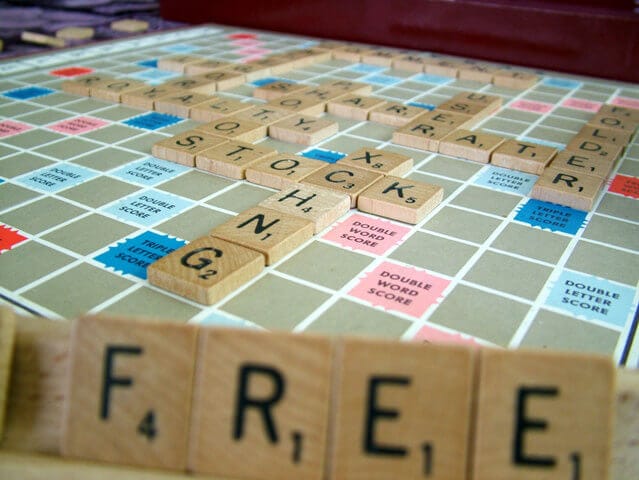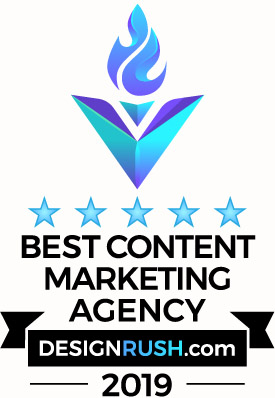Evoking response is the primary duty of any marketing campaign. Generating more sales and revenue than the campaign cost to produce is the bottom line. Any good marketer knows that the first step is understanding the benefits of the product or service. Why should the customer care about what you’re saying? How can your widget make their lives better?
Advertising legend David Ogilvy realized that the best ads focused on one major benefit and included the others in subordinate roles. Stressing the strongest benefits creates the strongest possible response. But you can’t just say what the benefits are. You have to make them dramatic, so that they fling themselves at your prospect’s mind and stick there. You want to make them keep reading, call, click, whip out their credit cards.
A powerful way to do that is to turn your benefit into a promise.

“How to Make $1M in Two Years—Tax Free”
Makes a pretty strong headline, doesn’t it? Why? Because it promises a benefit—making $1M within two years, tax free—and promises that if you keep reading, you will know how to do this. This headline conveys authority and success. It sounds like a wild claim; so your copy has to deliver on the promise, and so does your product.
What if the headline read:
“Our Company Can Make You $1M in Two Years”
This headline is inherently weaker, because it sounds like empty boasting. The benefit is there, but the previous example presupposes that it will be done, not that it can be done.
Making benefits immediate, concrete and dramatic increases their power and effectiveness. Whether you’re writing the copy, or approving the particulars of an advertising campaign, keep this in mind: Seize the audience‘s attention with big promises and powerful benefits. If you can do that, your widgets and services will practically sell themselves.
But let’s take it up a notch. What if you could paint a picture of the prospect’s success in their own imagination? How’s this one?
“They Laughed When I Said I Could Make $1M Tax-Free Within Two Years, but When I Bought that Ferrari…”
This headline paints a powerful picture. You can see interactions between people and feel the speaker’s final triumph when he stood victorious over the naysayers. This picture and the feelings it evokes capture the essence of the drama you want to create in the reader’s mind.
What kind of headlines/taglines/slogans have you found particularly effective? Can you put your finger on why?







